Top 10 Bone Chilling Facts About Snow, Ice and Winter Weather
One more time! With feeling! We've went over lightning, tornadoes, and earthquakes (Oh my!), so to finish off the weather saga, we're gonna go over Winter weather.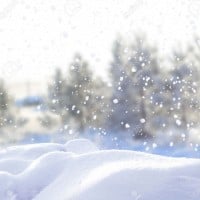
We mostly think of snow as purely white, when in reality, it is void of color; clear, as it is crystalline. But given how said colorless ice crystals reflect light, snow looks white to us. It can also appear pink or blue for similar reasons, so maybe Elvis Presley was being literal with "Blue Christmas"
That is interesting, I always thought it was white, since it looks white
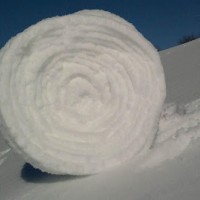
We all enjoy snowball fights, but snow can from time to time, create large snowballs on its own. This phenomenon is called "snow rollers," in which a strong gust if wind blows a large amount of snow across the ground, which grows larger and gathers more snow as it rolls, forming a cylindrical shape and hollow, as a pose to a circular one we'd usually expect. Sometimes these form into "snow donuts" because the outer layers are blown away, making it look like (surprise) a donut.
That's actually really cool. I like how snow creates it's own gigantic snowballs by itself. The picture for this item which is supposed to be a snow donut looks like a delicious cinnamon roll to me.
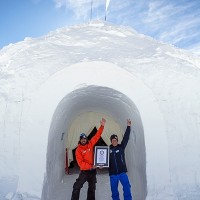
This happened on frozen hotel company's 20th anniversary. For this, a spokesman for Iglu Dorf wrote: "As the initiator of igloo overnight stays in Europe, we want to show the world that we can build the biggest igloo ever." And a team of a total of 18 people created this humongous ice structure in only three weeks, using exactly 1,400 blocks of snow. This igloo was 10.5 meters high and 12.9 meters in diameter
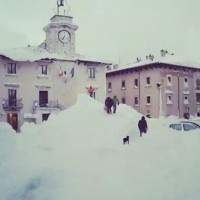
I actually was gonna skip this one, because I, too, assumed it was somewhere in Antarctica. Truth be told, the most snow recorded in one day goes to Capracotta, Italy. A small town, relatively close to Rome. It received roughly 8.4 feet of snow on March, 5, 2015.
That would've been fun. Sadly it barely snows where I live.
That is so lucky. I wish that could happen where I live.
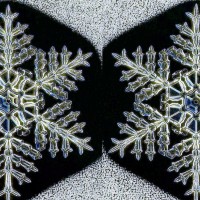
We have all heard that phrase that no two snowflakes are exactly alike (and there's the same gist with people, zebras and just about everything else) but, two identical snowflakes have been recorded. This was back in 1988, and the individual who found these was a scientist named Nancy Knight, from Boulder, Colorado, although the snowflakes were found in Wisconsin.
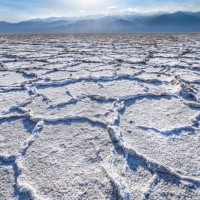
Arguably one of weirdest places to to see snow, if not the absolute weirdest, is Death Valley. Death Valley is dubbed as the hottest place on earth, with crazy temperatures that go up to 120º Fahrenheit. It's actually snowed there more than once, and the most recent occasion was in December 2008, when the Funeral Mountains got a light amount of snow. But don't get too excited and expect blizzards or something.
Yeah, it becomes a white wasteland when it snows. It would easily melt all that snow in fewer days but it has happened since 2008.
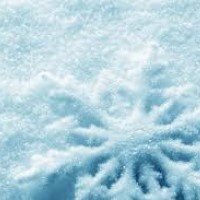
There is not much evidence to support this claim, but supposedly, the largest snowflake on record was one from a snowstorm on January 28th, 1887 in Fort Keogh, Montana. It was 15 inches in diameter, an 8 inches thick.
If you're surprised that it wasn't in Antarctica, that's kind of because it's hard to get a human death toll in a place occupied mostly by penguins. Similar to the likes of the deadliest tornado, this thing lasted quite a while, but in contrast this blizzard was much, much longer. It lasted a total of seven days (from February third to February ninth,) and the death toll was over 4,000. This blizzard also produced almost ten feet worth of snow.
This thing happened in the eastern seaboard of the continental United States, on February 11th, 1989 and while it was nowhere near as deadly as the blizzard in Iran, in 1972, it dead have a death toll passed 100, it lasted a total of four days, and is the second coldest February in the history of the continental United States, only surpassed by February of 1936. The average temperature was around 20 degrees Fahrenheit
All snowflakes contain six sides or points owing to the way in which they form. The molecules in ice crystals join to one another in a hexagonal structure, an arrangement which allows water molecules - each with one oxygen and two hydrogen atoms - to form together in the most efficient way.
While regular ice is frozen water, dry ice is frozen carbon dioxide, and can go from being a solid to a gas, if left at room temperature, without ever becoming a liquid. It is quite handy at keeping other things frozen, too, as it freezes at about a whopping -109 degrees Fahrenheit.
I never knew that, that's very interesting!